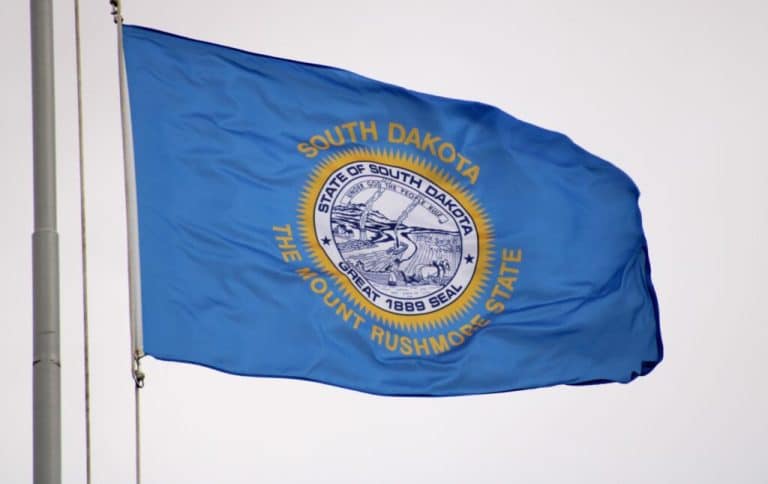FT. COLLINS, CO – While it has taken awhile, the long predicted La Nina climate impact seems to have taken hold.
Those effects will linger for a while yet. Becky Bollinger, Colorado Assistant State Climatologist moderated a recent North Central Region Climate update.
 She says March temperatures should follow a La Nina pattern. “Most of the country is showing a leaning towards warmer than average conditions. The exception being in the Pacific Northwest where they are more likely to have cooler than average conditions. In South Dakota, North Dakota and Minnesota area , there are equal chances, meaning there is not a lot of signal. There is not really any certainty whether it will be above average, below average, or near average temperatures.
She says March temperatures should follow a La Nina pattern. “Most of the country is showing a leaning towards warmer than average conditions. The exception being in the Pacific Northwest where they are more likely to have cooler than average conditions. In South Dakota, North Dakota and Minnesota area , there are equal chances, meaning there is not a lot of signal. There is not really any certainty whether it will be above average, below average, or near average temperatures.
Bollinger says areas that are dry now will stay dry. Areas that have been dry unfortunately have an enhanced chance of continuing to be drier than average into March. Looking across the Great Lakes region into the Ohio Valley, we are seeing an increased chance for wetter than average conditions. That combined with what’s happening in the northwest over Montana is a pretty good La Nina signal there.
Bollinger says the spring outlook for March, April and May follow the same pattern. “Where we see most of the region showing increased chances of above average temperatures through the spring, (especially in southern Colorado and Kansa) are enhanced areas of drier than average across the western part of our region and an enhanced area of above average participation over the Great Lakes region.
Bollinger says the climate outlooks expect the La Nina to fade to neutral conditions by summer.
A La Nina occurs when Pacific Ocean surface temperatures cool below normal, which then has an impact on North American weather.













